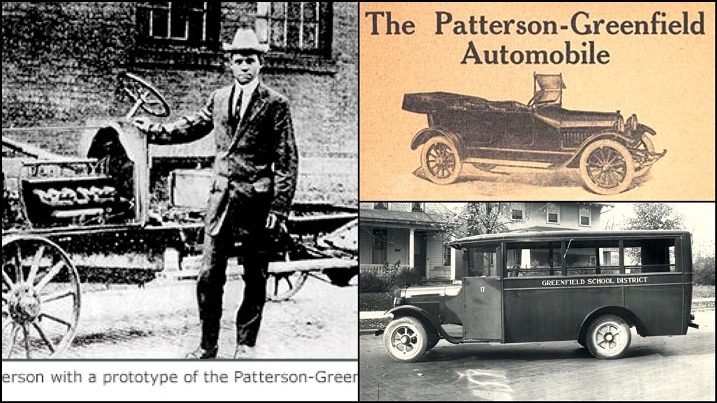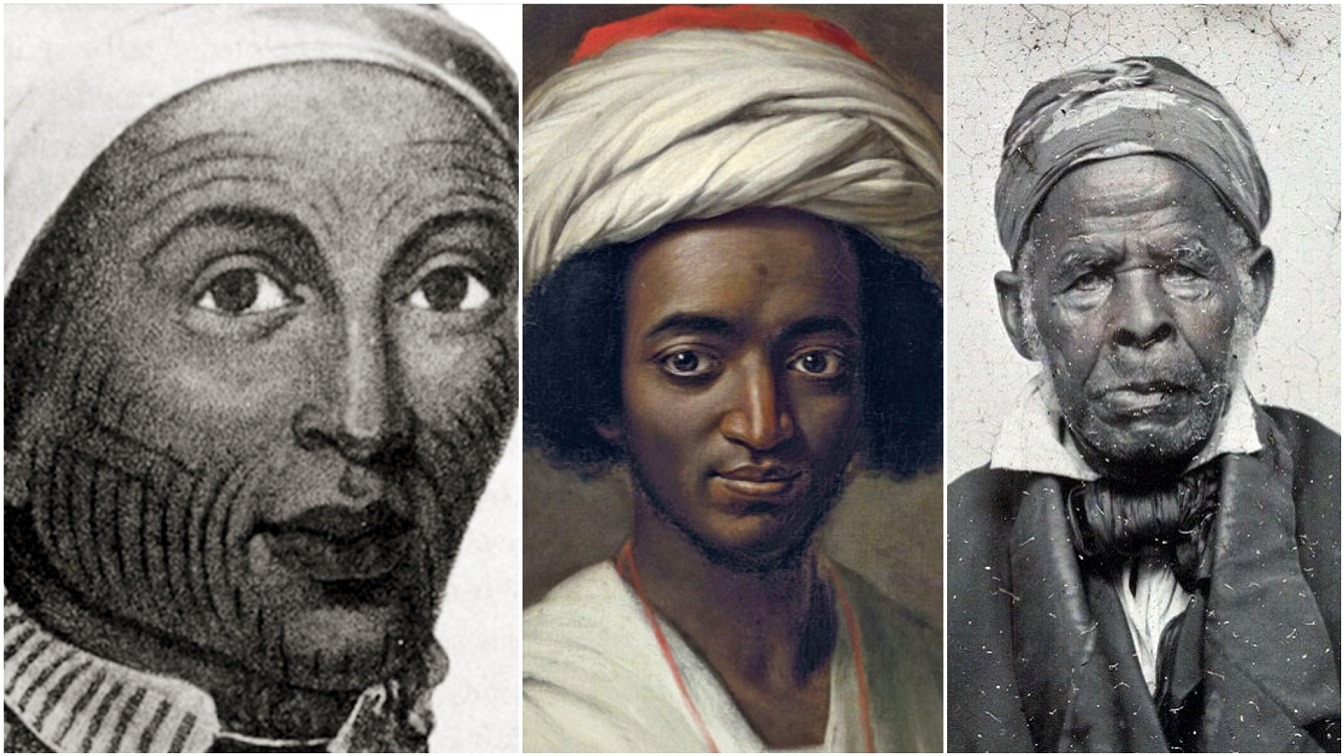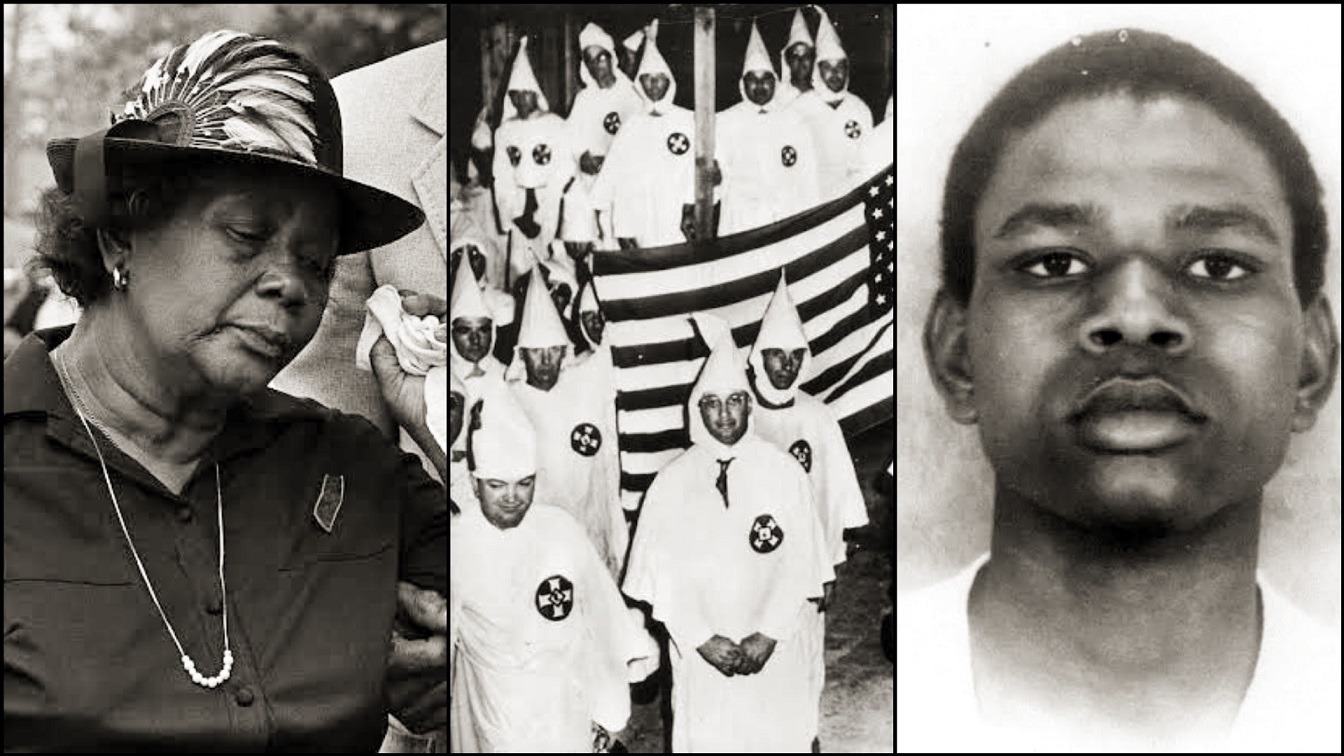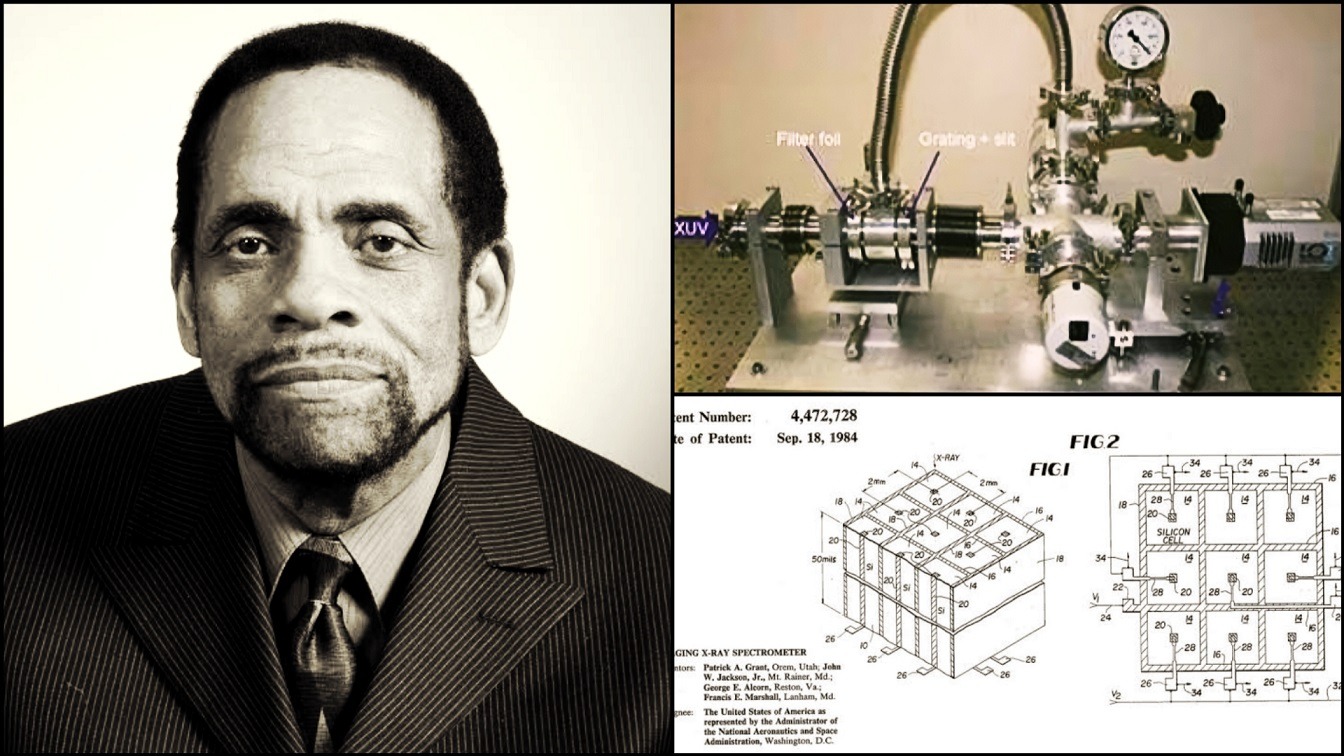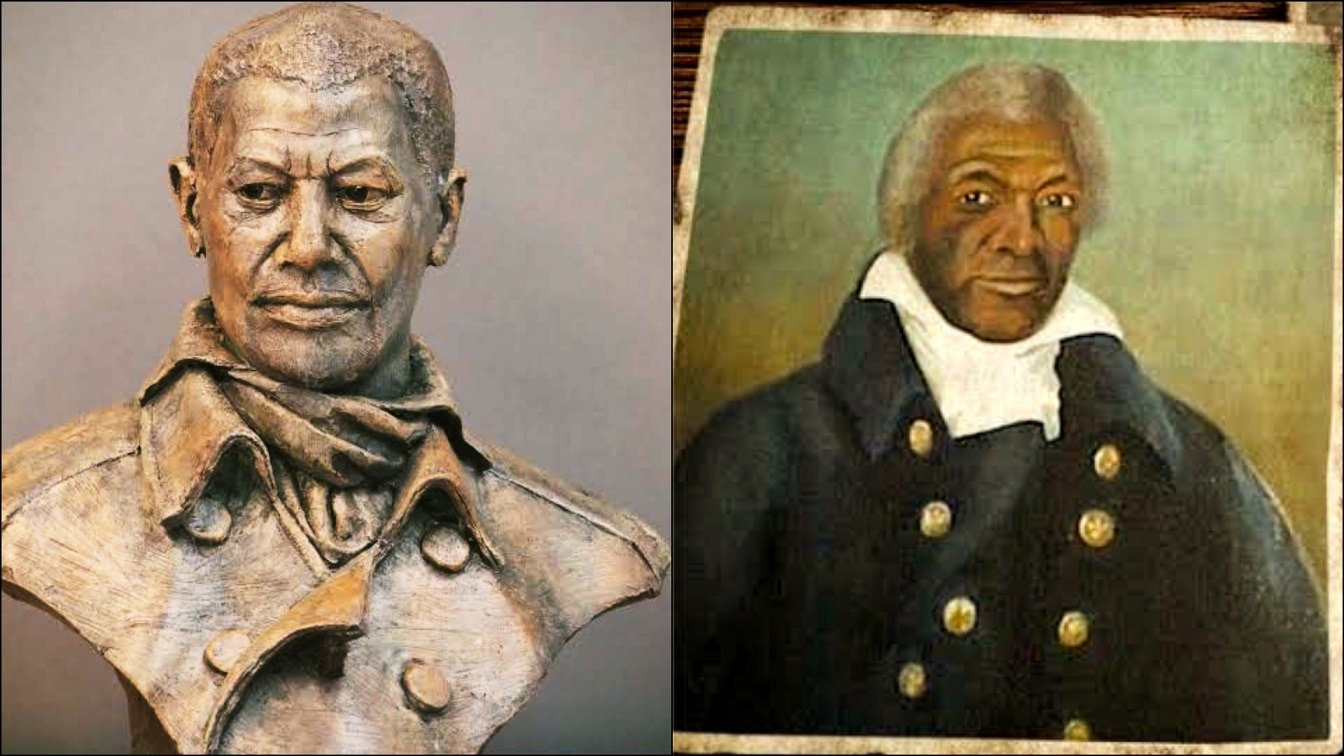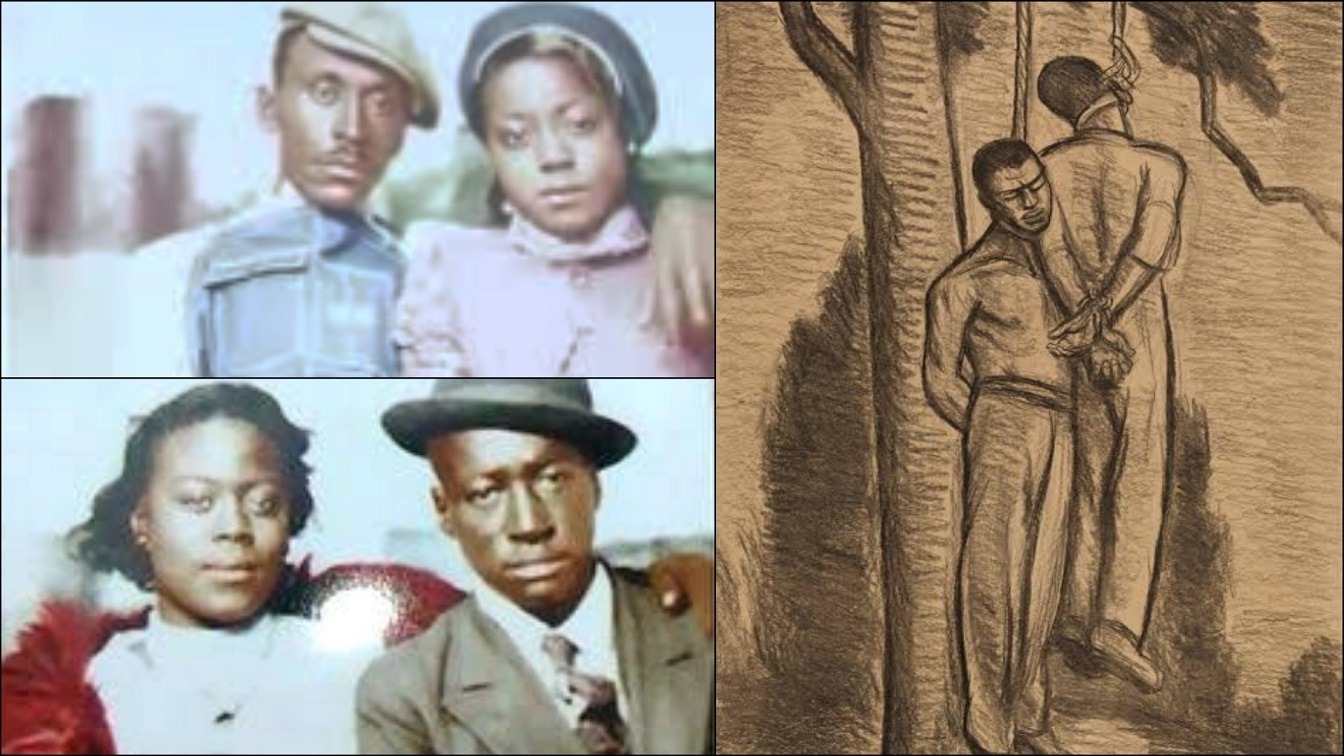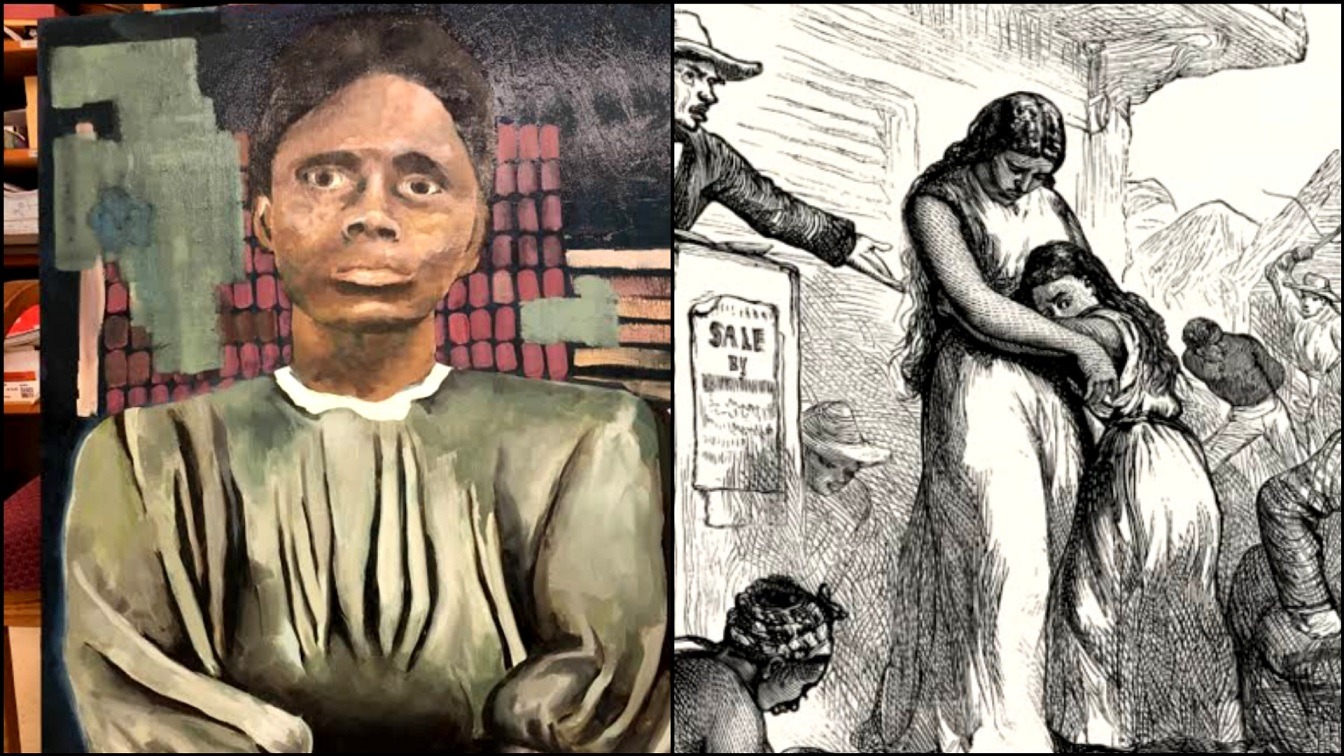The advancement of Black people in the field of science and technology has been hidden for decades and centuries. The curriculums used in teaching in African and African-American schools were manipulated and created in a way to make sure that the African child, man/woman, does not learn about the technological greatness of his/her ancestors, and even those present.
Before the advent of Automobiles (cars etc), many in the modern world used horse carriages. By the 1700s and 1800s, these horse-drawn carriages came in all forms and designs. Many people do not know that a formerly enslaved Black man, named Charles Richard Patterson, from Ohio, in America, manufactured horse-drawn carriages in the 1800s, and his son later manufactured automobile cars in the early 1900s.
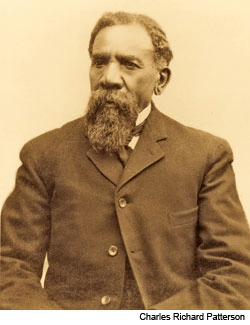
The technological ingenuity of the Paterson family would not have been known if Charles Richard Patterson continued to be enslaved in the South of the United States Of America. The South was the most brutal and repressive of enslaved Africans.
Charles Richard Patterson was born on a plantation in Virginia, in 1833. His parents were Charles and Nancy Patterson. Patterson made adequate plans and escaped the Southern state of West Virginia, and reached Ohio. This was before the Civil War. He crossed the Allegheny Mountains, hiked across West Virginia, and then crossed the Ohio River, to finally arrive at Greenfield, OH, which was a station on the underground Railroad.
While he was at Greenfield, Patterson got a job at a carriage company called Dines and Simpson Carriage and Coach Makers Company. He later formed a company in partnership with J.P. Lowe. Their company was renowned for its horse-drawn carriages which were expertly manufactured. Patterson later bought out his partner and owned the company solely. He grew the company into a highly successful one, which was named C.R. Patterson and Sons Carriage Company.
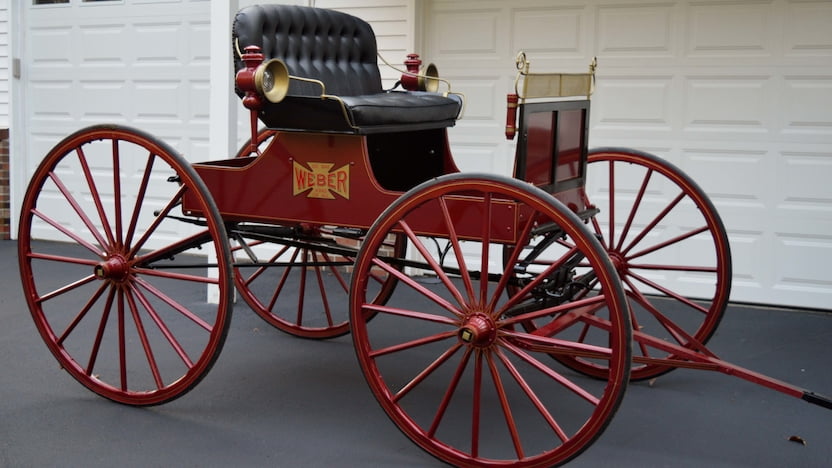
C.R. Patterson and Sons Carriage Company began the production of their Horse-drawn carriage in the 1860s, and they perfected this craft, becoming one of the best in the business in the 19th century. Charles Richard Patterson continued to make an impact in American society with his carriages till he passed away in 1910.
After his death, his eldest son, Frederick Douglass Patterson, took over the management of the business, and the production of their carriages.
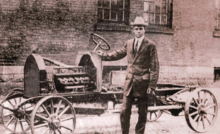
Frederick Douglass Patterson noticed that there was an increase in “funny-looking horseless” carriages on American roads. He met with the company board and reported to them saying “In 1902 there was one car for 65,000 people, and by 1909 there was one vehicle for every 800 people…I believe it’s time for us to build a Patterson horseless carriage.”
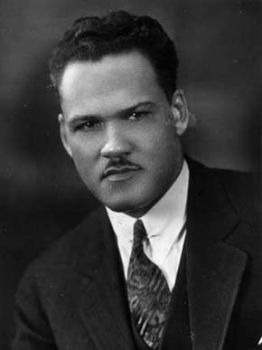
The board agreed to his proposal, and Frederick Douglass Patterson launched a new vision for the company, and they expanded to the production of automobiles.
On September 23, 1915, the company rolled out its assembly line which was a two-door coupe.
The small size of the company, prevented them from building their automobiles in large quantities, to dominate the United States market. And because of this financial challenge, they were starved of adequate fame and exposure. But even at the level which they operated, the company was able to move unto the production of trucks and buses also. It was difficult for them to compete in the market, and that led to the closure of the company’s big wooden doors and production in 1939.
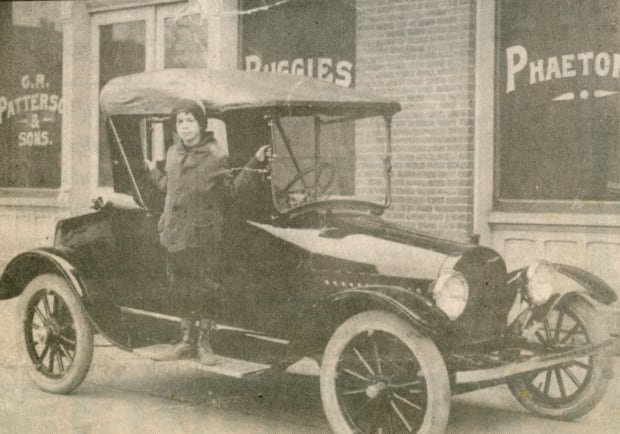
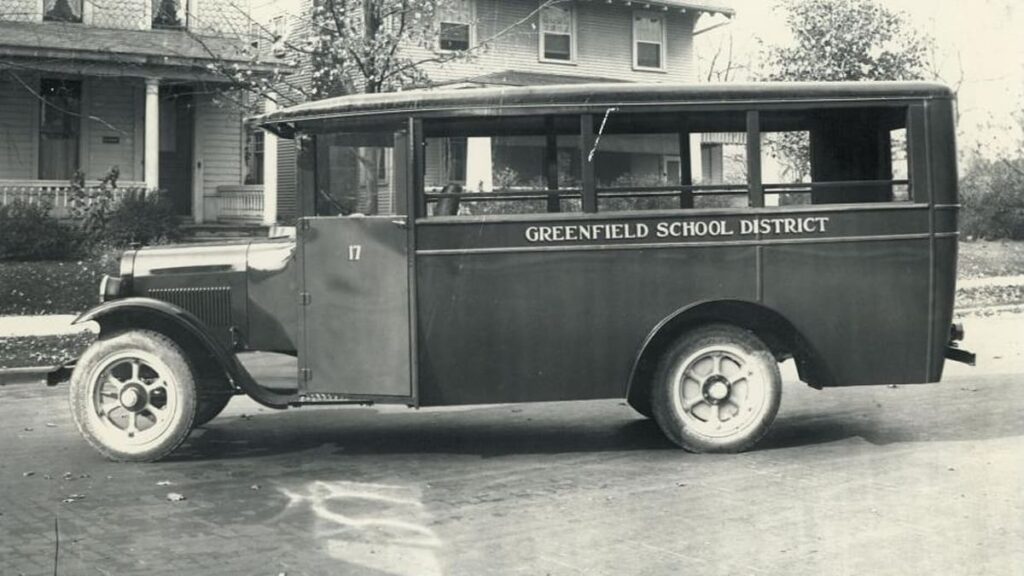
Charles R. Patterson and his family were great contributors to the vehicles and transportation industry. He was awarded patents to the following devices: a trill coupling (#364,849) in 1887; a furniture caster (#452,940) in 1891; a vehicle dash (#803,356) in 1905. Clay Gordon patented a buggy top (#983,992) that was assigned to C.R. Patterson & Sons Co. (a co-partnership) in 1911 and Homer C. Reed patented a combination ladder that was assigned to F.D. Patterson in 1910.
Conclusion
The achievements of men like Frederick Douglass Patterson, and his father Charles Richard Patterson, are noteworthy in the study of Black greatness and ingenuity.
The study of such achievements by Africans (and Black people) around the world, is essential in the forming of a resilient charisma and pride among Black people worldwide.
Great attention should be given to stories such as these by the education ministries and boards in Africa, so as to imbibe in young Africans the confidence to follow the legacies of their ancestors, who changed the world, even in the harshest of environments and situations.
African schools, backed by the European curriculums have always painted the Europeans as the inventors of everything good in the field of science and technology. But we know that is false, and we are doing our best to tell the hidden stories and achievements of the Afro/Negro/Black race.
Parents and elders should dig and find the great achievements of people of African descent around the world, and teach them to their children. This will go a long way in changing the narrative of how Africans look upon themselves.
Our goal at Liberty Writers Africa is to teach our history, defend our people worldwide, and awaken the sleeping ones. Help us fund our research and hire competent editors. Click HERE To DONATE to Us.
